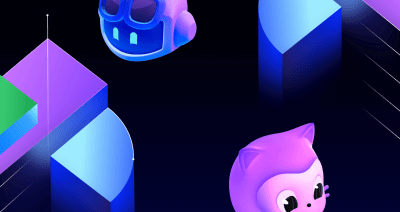
Our pledge to help improve the accessibility of open source software at scale
GitHub takes the Global Accessibility Awareness Day (GAAD) pledge.

GitHub takes the Global Accessibility Awareness Day (GAAD) pledge.
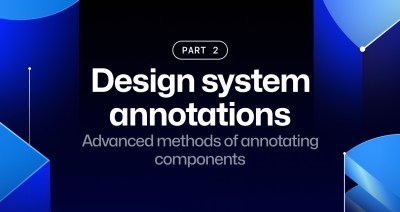
How to build custom annotations for your design system components or use Figma’s Code Connect to help capture important accessibility details before development.
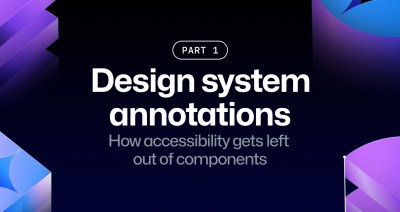
The Accessibility Design team created a set of annotations to bridge the gaps that design systems alone can’t fix and proactively addresses accessibility issues within Primer components.
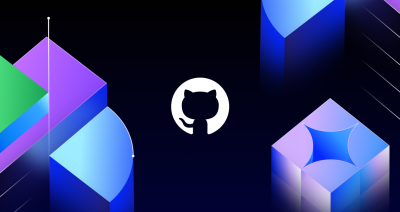
How do we translate web accessibility standards to command line applications? This is GitHub CLI’s journey toward making terminal experiences for all developers.
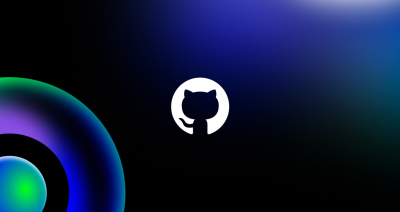
A deep dive on the work that went into making the component that powers repository and pull request file trees.

The Gaady Awards are like the Emmy Awards for the field of digital accessibility. And, just like the Emmys, the Gaadys are a reason to celebrate! On November 21, GitHub was honored to roll out the red carpet for the accessibility community at our San Francisco headquarters.
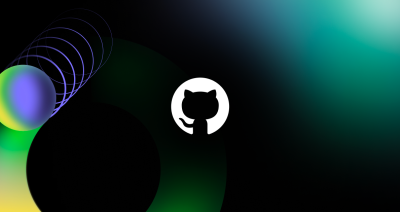
With this custom addon, you can ensure your workplace remains accessible to users with motion sensitivities while benefiting from Storybook’s Interactions.

Teams with neurodivergent employees can be up to 30 percent more productive. Discover tips on how best to support them in your workplace.

Drag-and-drop is a highly interactive and visual interface. We often use drag-and-drop to perform tasks like uploading files, reordering browser bookmarks, or even moving a card in solitaire.

GitHub celebrates Global Accessibility Awareness Day by launching another installment of the Coding Accessibility series and sharing how we scale accessibility within GitHub and beyond.

We’ve made improvements to the way users of assistive technology can interact with and navigate lists of issues and pull requests and tables across GitHub.com.

A11y Design Bootcamp is a live educational program that consists of exercises, discussions, and knowledge shares to raise awareness of web accessibility best practices, the role designers play in creating accessible products, and how to advocate for accessibility with cross-functional partners.

As part of GitHub’s dedication to accessibility, we expanded our internal accessibility program and scaled up our assessment process to help remove or lower barriers for users with disabilities. Then, we empowered employees from various disciplines to drive accessibility efforts within their teams.

GitHub has been awarded the 2024 Axe Accessibility at Scale Award from Deque Systems. Read more about how we’ve implemented accessibility at scale.

The Fundamentals program has helped us address tech debt, improve reliability, and enhance observability of our engineering systems.
Build what’s next on GitHub, the place for anyone from anywhere to build anything.
Last chance: Save $700 on your IRL pass to Universe and join us on Oct. 28-29 in San Francisco.